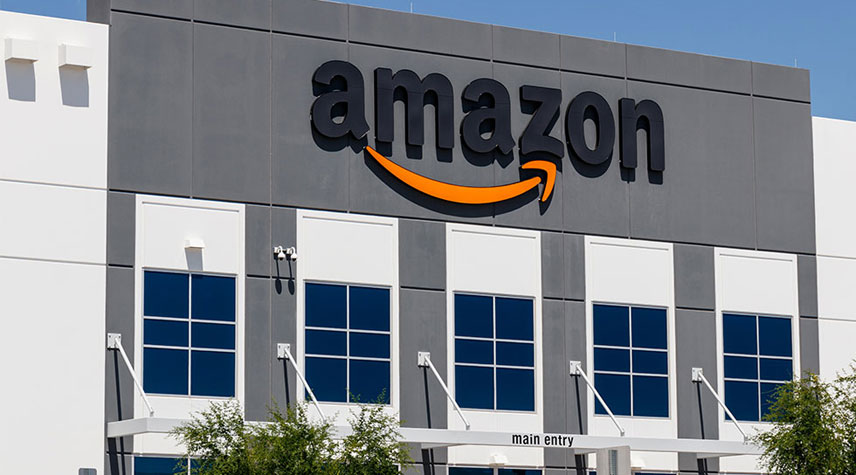Net income for Amazon in the second quarter, ended June 30, increased to $7.8 billion compared with $5.2 billion in the second quarter of 2020. Also for Q2, net sales increased 27% to $113.1 billion, compared with $88.9 billion in last year’s second quarter.
Earnings per share came in at $15.12 per diluted share this quarter compared with $10.30 per diluted share in the second quarter of last year.
“Over the past 18 months, our consumer business has been called on to deliver an unprecedented number of items, including PPE, food and other products that helped communities around the world cope with the difficult circumstances of the pandemic,” said Andy Jassy, Amazon CEO.
Amazon held its annual Prime Day event during this year’s second quarter on June 21-22. In the two-week lead-up to Prime Day, customers spent $1.9 billion on products from third-party sellers during the Spend $10, Get $10 promotion, more than double compared to the 2020 Prime Day small business promotion. Prime Day 2021 was the biggest two-day period ever for small and medium-sized businesses in Amazon’s stores worldwide.
In its guidance for the upcoming third quarter, Amazon is estimating that net sales will be between $106 billion and $112 billion, which is a growth rate of 10% to 16% compared with last year’s third quarter. The guidance assumes approximately $1 billion of costs related to the COVID-19 pandemic.
“We’ve been fortunate to welcome more than 50 million new members in the past 18 months, and Prime member benefits usage remains high,” said Brian Olsavsky, Amazon CFO, on the quarterly earnings call. “As we think about the pull forward in demand we’ve seen these past 18 months, it has required and will continue to require a significant amount of investment in our fulfillment network.”
Most of Amazon’s 2021 spend and building openings are planned in the second half of this year, according to Olsavsky, who said it’s all part of a multi-year investment cycle with more build-outs planned for Amazon’s fulfillment centers as well as its middle mile and last mile capabilities to support the company’s delivery offers for consumers.


